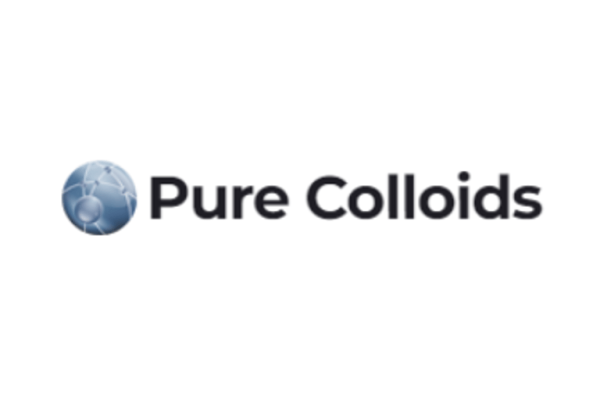What Is Answer Engine Optimization (AEO)?
Answer Engine Optimization (AEO) is an advanced strategy designed to optimize content not just for search engine ranking, but for AI-powered answer interfaces like Generative AI Overviews, chat assistants, and AI-based research tools. Unlike traditional SEO, which focuses on keywords and backlinks, AEO emphasizes conversational content, a structured format, and expert authority to increase the likelihood of being directly cited by AI systems.
Why AEO Matters Now
- Shift to AI-first interfaces
- AI-powered search is increasingly providing immediate summaries and answers directly in the user interface, reducing traditional click-through traffic.
- SERP real estate captured by AI answers
- AI Overviews and featured snippets now dominate a significant portion of search pages, making visibility there crucial.
- Voice search alignment
- AEO’s conversational style closely matches natural language queries used in voice search, especially for questions like “how to” and “what is.”
- Competitive advantage
- Even smaller or niche websites can gain visibility through AI citations, leveling the playing field.
Core Principles of a High-Performing AEO Strategy
1. Understand User Intent via Long-Tail Questions
Research question-based, long-tail queries using tools and resources that surface natural user questions. Examples to target:
- “How does Answer Engine Optimization differ from traditional SEO?”
- “What schema markup boosts AI overview results?”
2. Deliver Direct, Concise Answers
- Lead with the answer: Provide a succinct response (40–60 words) immediately after each question to enhance your chances of appearing as a featured snippet.
- Stay concise and complete: Keep essential answers brief but fully informative.
- Match snippet format: Use paragraphs for definitions, lists for steps, and tables for comparisons.
3. Structure Content With AI in Mind
- Use clear headings that directly reflect user questions.
- Include bulleted or numbered lists for clarity and ease of parsing.
- Break content into short paragraphs and use subheadings to aid readability and AI comprehension.
4. Implement Correct Structured Data
- Use FAQPage, HowTo, and QAPage schema in JSON‑LD format.
- Validate your structured markup using standard rich results testing tools.
- Apply relevant schema types to FAQ sections, tutorials, and product pages.
5. Establish E‑E‑A‑T (Expertise, Experience, Authority, Trust)
- Include detailed author bios and highlight credentials.
- Reference original research, studies, or data to strengthen authority.
- Build backlinks and citations—all AI systems weigh these for credibility.
6. Monitor AI Placement & Refine
- Utilize analytics tools to monitor question-based impressions and click-through rates (CTR).
- Regularly review which queries generate AI Overviews and optimize your content strategy accordingly.
- Refresh and update content quarterly to maintain relevance and rankings.
Common Pitfalls to Avoid
Mistake #1: Treating AEO Like Old SEO
AEO requires question-driven content—don’t rely solely on generic keyword-focused pages.
Mistake #2: Skipping Structured Data
Without schema markup, AI systems may not recognize your content for snippet placement.
Mistake #3: Ignoring Voice Search
Failing to use natural language phrasing limits voice assistant visibility.
Mistake #4: Not Measuring Performance
Without tracking analytics, you can’t identify which answers are performing well or need improvement.
Sample SEO-Optimized Section
Q: How do I optimize my website to appear in AI Overviews?
A: Use question-format headings followed by concise answers (~40–60 words), implement FAQPage or HowTo schema, and ensure content uses short paragraphs and bullet points. Include author credentials, reference reliable data, and validate your structured data. Monitor your snippet visibility and update content regularly.
Embed Long-Tail Keywords Naturally
Include blog-friendly, conversational phrases such as:
- “Answer Engine Optimization Strategies for AI Overviews”
- “How to implement FAQ schema for AI answer boxes”
- “Best way to structure a blog for featured snippets”
- “Voice search optimization techniques for AI answer engines”
These reflect real user queries and improve your chances of AI answer placement.
Tools & Resources
Use these tools and methods in your AEO workflow:
- Free keyword research platforms that surface question phrasing.
- A rich results testing tool to validate structured data.
- Analytics dashboards to monitor snippet impressions and question query performance.
- Page and mobile audit tools to ensure page speed and mobile responsiveness.
Implementation Workflow (Summary)
- Research long-tail, conversational questions using keyword tools.
- Draft content in Q&A style: concise answer, structured sections, lists, or tables.
- Add schema markup appropriate to your content type and validate it.
- Publish and promote—use research or case studies to support citations and backlinks.
- Track the visibility and performance of AI Overviews via analytics.
- Update quarterly to refresh examples, data, structure, and phrasing.
Conclusion
AEO is not a fleeting tactic—it represents the next wave of search optimization tailored for AI-dominated results. By focusing on question-centered structure, concise, conversational answers, proper schema implementation, and building authority, you significantly increase the likelihood of being featured in AI-powered answer boxes. The benefits include improved visibility, enhanced voice-search compatibility, and greater trust, ultimately leading to higher engagement and conversion.





